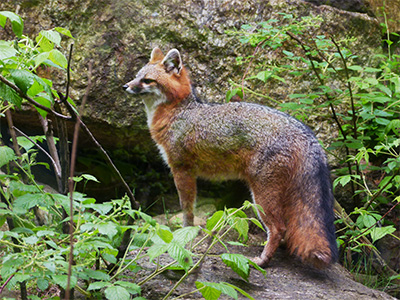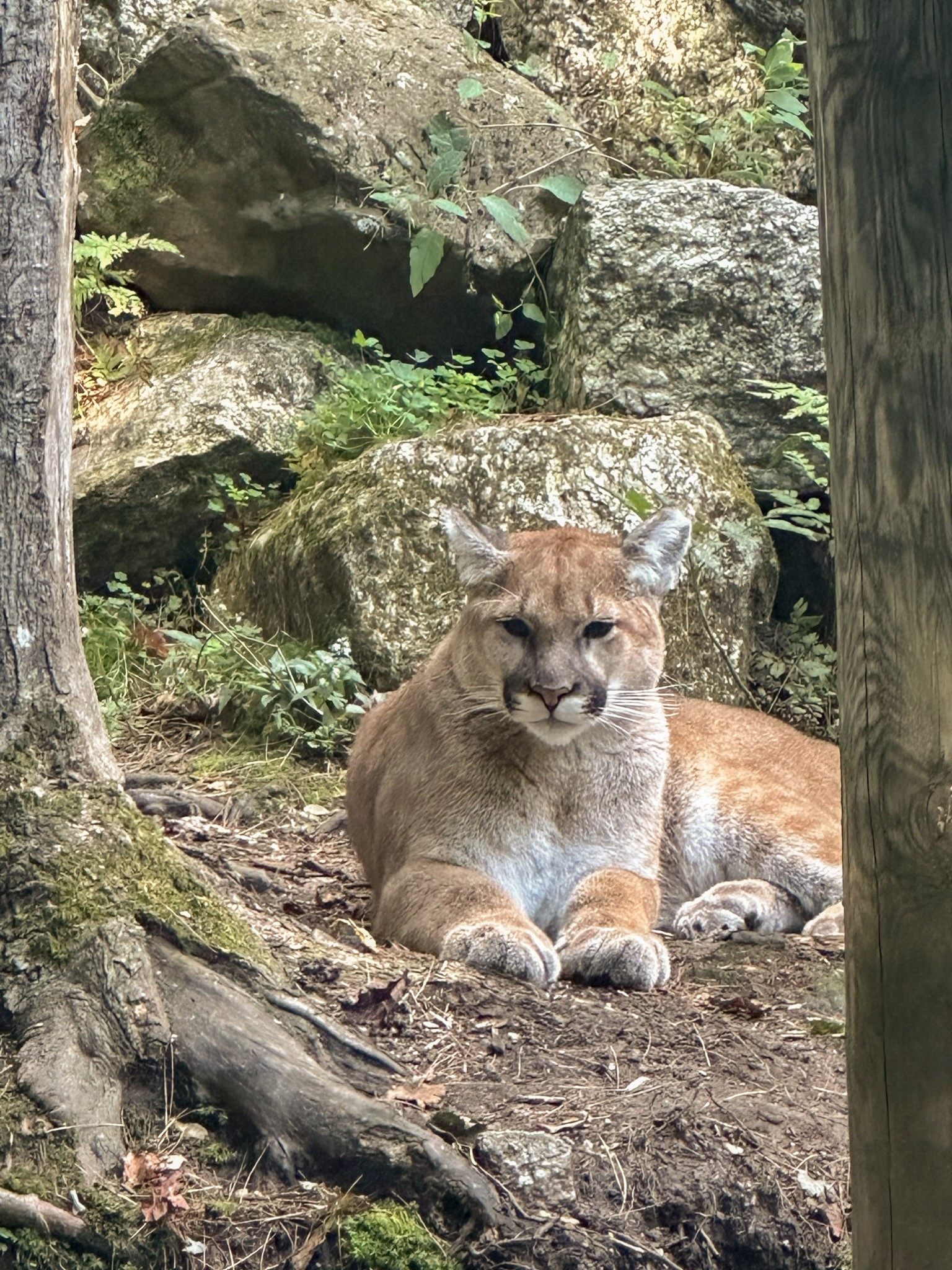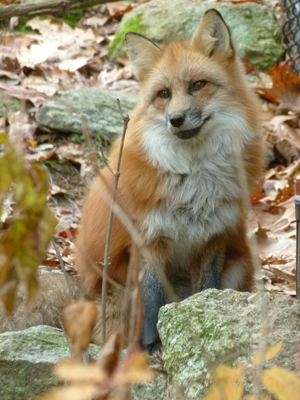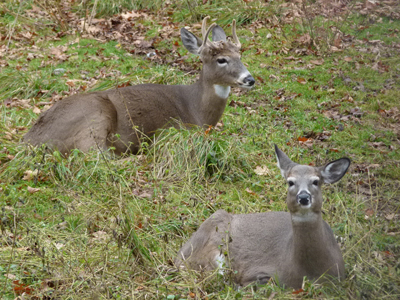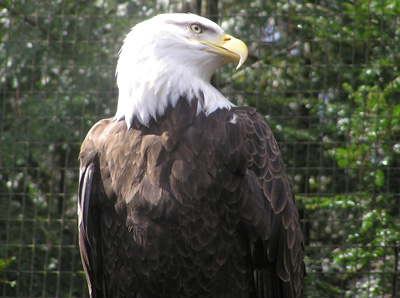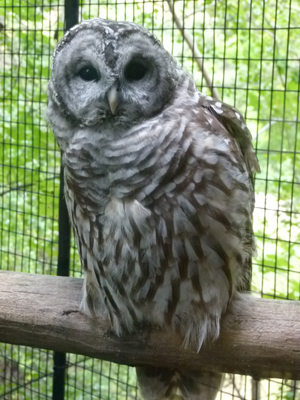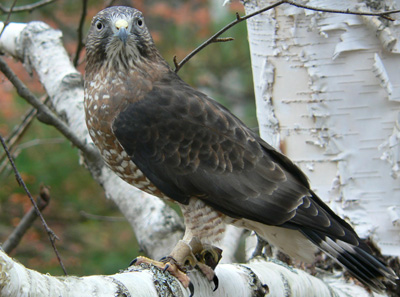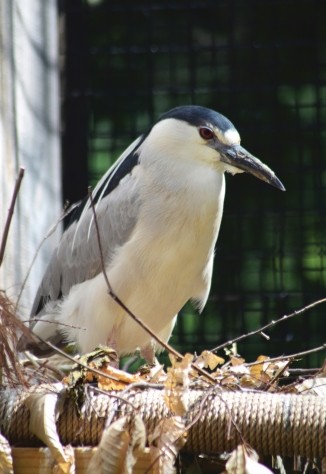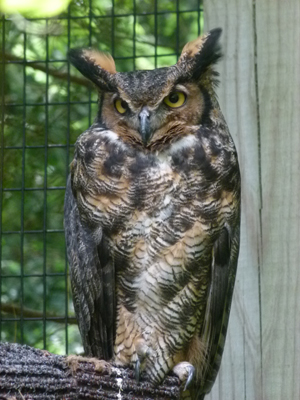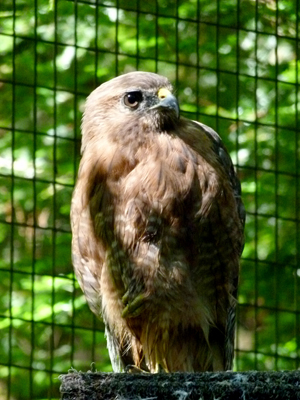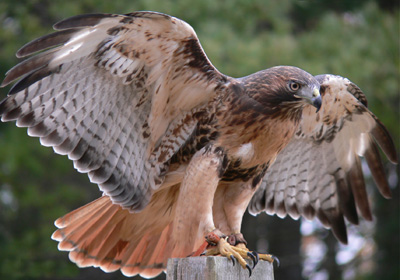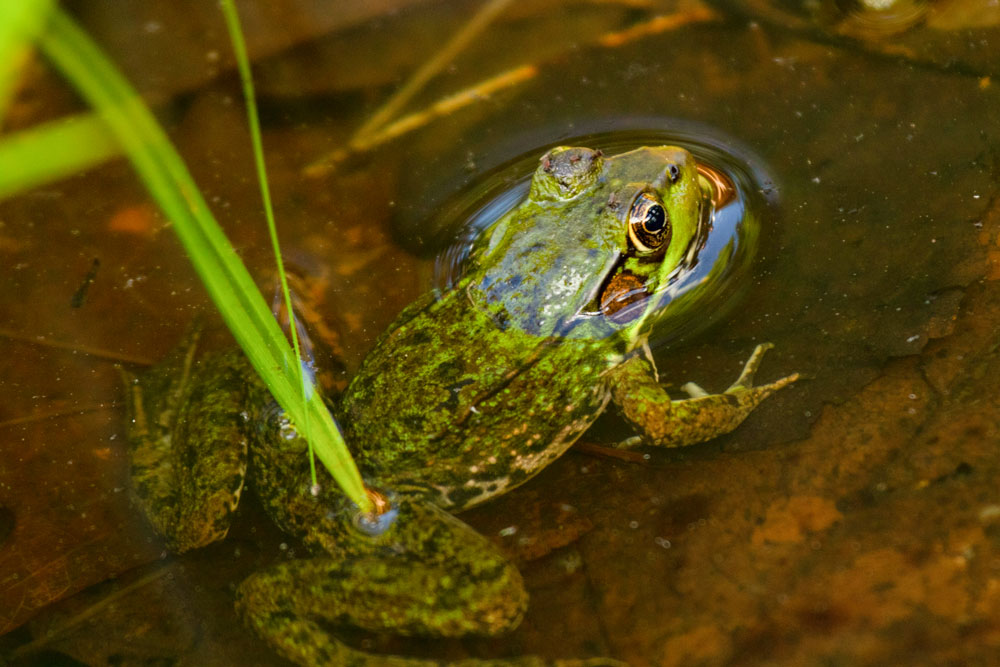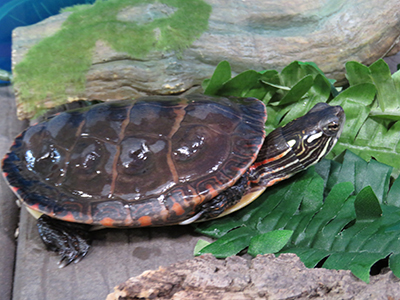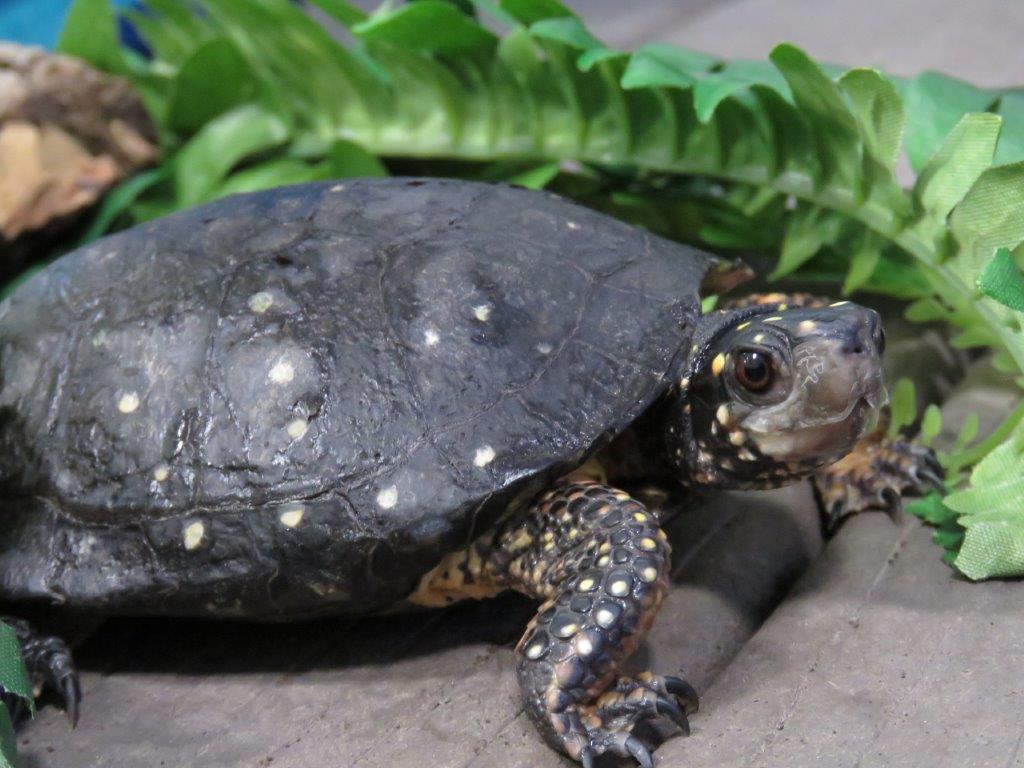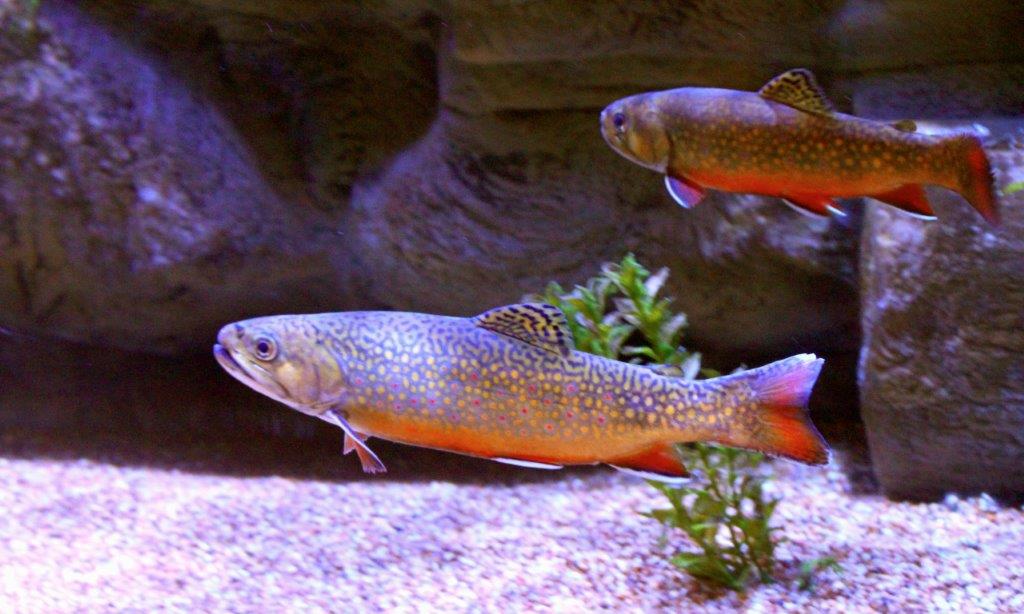Gray Tree Frog
Hyla versicolor
| Kingdom | Animalia |
|---|---|
| Phylum | Chordata |
| Class | Amphibia |
| Order | Anura |
| Family | Hylidae |
| Genus | Hyla |
| Species | H.versicolor |
| Lifespan | 7 to 9 years |
| Size | 1 to 2 inches long |
| Offspring | Females attached up to 2,000 eggs to vegetation in shallow waters. |
| Status | Widespread and secure |
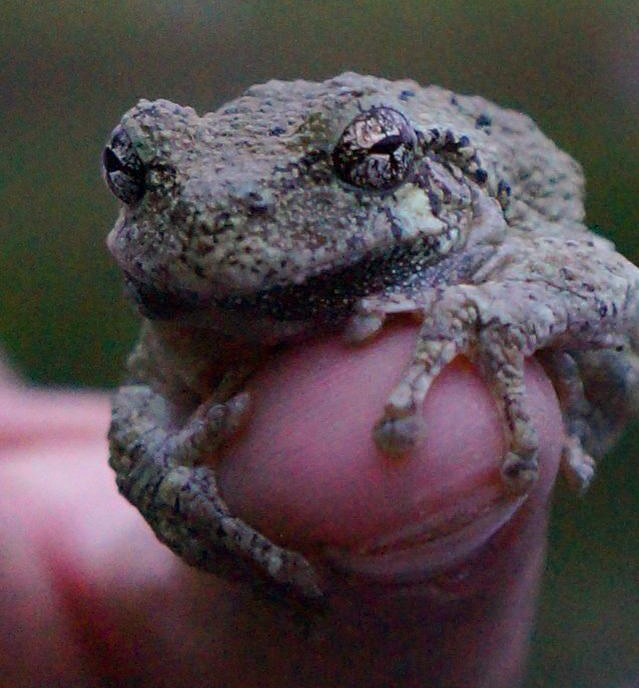
About Gray Tree Frogs
What do gray tree frogs look like?
Gray tree frogs are typically a light brown-gray or green-gray color. Their skin has various dark patches and is a rough texture. On their inner thighs, a bright yellow or orange coloration is present. Below each eye is a light spot with a dark edge.
Where do gray tree frogs live?
Gray tree frogs are found in forest areas near water. They typically reside on small trees or shrubs, as well as loose bark, tree cavities, or rotting logs. True to their name, gray tree frogs are rarely spotted on the ground. Their range extends across most of the eastern United States.
What do gray tree frogs eat?
Gray tree frogs consume small insects, spiders, snails, and mites. Unlike many other native New Hampshire frogs and toads, gray tree frogs do not eat aquatic animals.
Fun Facts!
- Gray tree frogs play an important role in the ecosystem. They help to control insect populations by preying on them. So next time you see a gray tree frog, say thank you to them for keeping insect populations at bay!
- A variety of different animals prey on gray tree frogs. This includes skunk, Virginia opossums, raccoons, and snakes. To avoid predation, gray tree frogs use their yellow-orange streaks on their thighs to confuse predators when they're under attack.
- There are two species of gray tree frogs, the eastern gray tree frog and the Cope's gray tree frog. There are two differences between these two species: their mating calls and their number of chromosomes (the structures that carry DNA). The eastern gray tree frog is most common in New Hampshire and the Cope's gray tree frog is more abundant further south.






